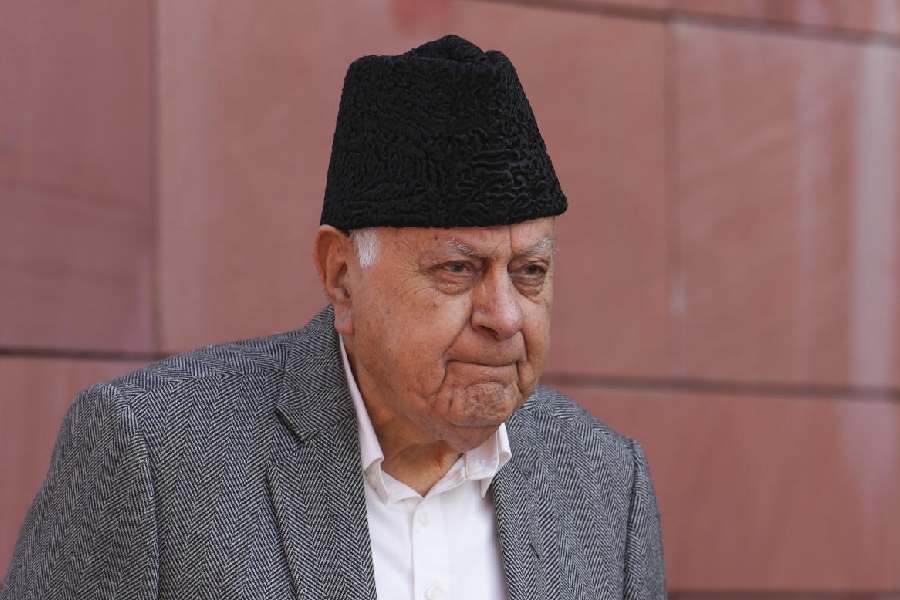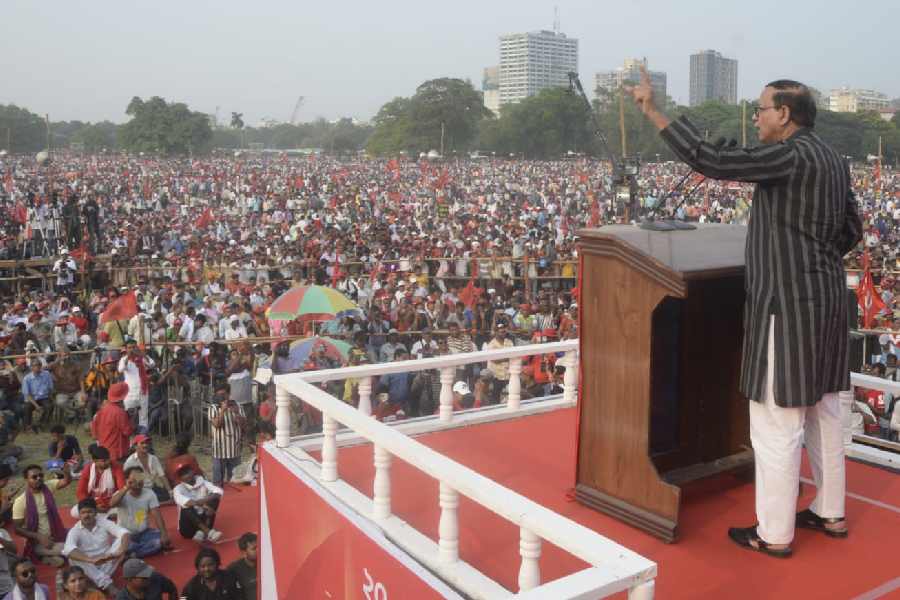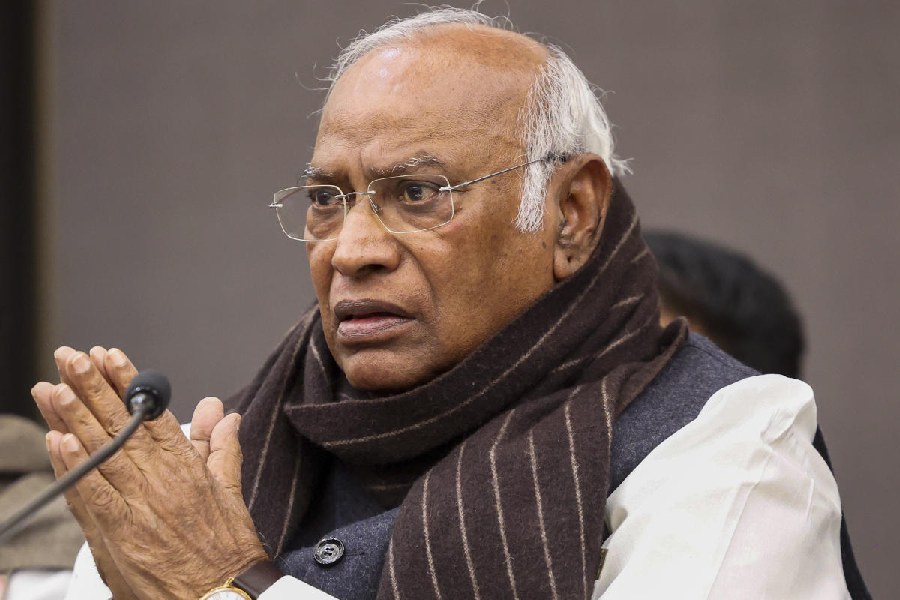 |
 |
| (Top): Neuroscientist Avijit Chaudhuri. (Above): Pandit Santanu Bandyopadhyay. Vision and vocal trailblazers |
The aerodynamics of alaap, the technique of the taan…
A “first-of-its-kind” research initiative involving a city-based singer has set out to marry the art of Hindustani classical singing with “vocal science”. It promises to raise performance standards and hold out hope for mediocre students of the genre the world over.
Pandit Santanu Bandyopadhyay, representing the fifth generation of the Bishnupur gharana, has collaborated with the department of communication disorders, Bowling Green State University in Ohio, the US, for a research project on “the production of Indian classical vocal music”, with emphasis on the taan.
A release from the Bowling Green State University — with sound-treated booths where experiments with the truth of taan have been conducted — states that the study “furthers basic knowledge” about vocal use and musical aesthetics by obtaining important information about “how the body works to produce taan and other musical gestures”.
“Although there have been some studies on the acoustical nature of Indian classical singing, our joint work appears to be the first ever, worldwide, that not only looks at the microstructure of fundamental frequency production, but also the aerodynamics and glottal dynamics of taan,” explains Ronald C. Scherer.
The voice scientist at the Ohio university, along with doctoral student Nandhakumar Radhakrishnan, helped Bandyopadhyay with the research.
The research asks the questions “How do we describe the important aspects of aerodynamics, physiology and acoustics of Indian classical singing? What can this tell us about vocal pedagogy and vocal health? How does this project enhance our theories of voice production?”
Bandyopadhyay, son of Sangeetacharya Amiya Ranjan Bandyopadhyay and a physics graduate, has been studying for a while the potential of ‘vocal science’ to improve performance parameters in Indian classical renditions. In this, he has brought into sharp focus the role of the vocal chord and all relevant muscles of the body involved in Indian classical singing.
“In 2002, I invented a technique to augment lung power and sent my theory to Bowling Green. They liked my initial work on improving the singing medium by incorporating scientific inputs, for which I also consulted a number of ENT specialists,” says Bandyopadhyay.
Scherer, who has been researching on voice production for the past three decades, is “extremely excited” about the outcome of the project. “We consider this to be a landmark, an unprecedented study that will lay the groundwork for the future in establishing the acoustics, aerodynamics and global kinematics of Indian classical vocal music,” he says.
Bandyopadhyay, whose dream it is to set up an institute in Calcutta to impart “scientific vocal training” to classical music aspirants, is equally buoyant about the research results, which have been published by the US university. “I believe this will help Indian vocalists understand better the importance of the science involved in classical singing,” he says.








![Ayush Mhatre and MS Dhoni [In set]](https://assets.telegraphindia.com/telegraph/2025/Apr/1745160803_new-project-12.jpg)


